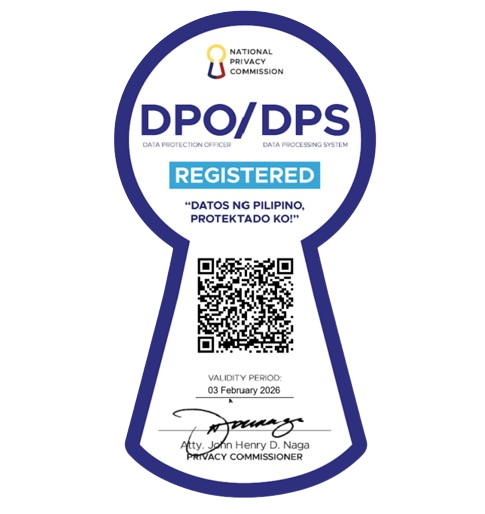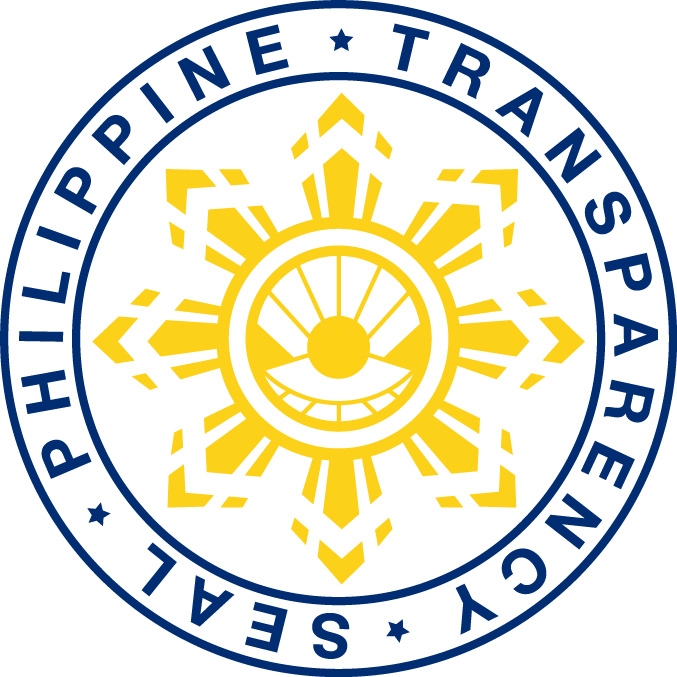CITY DISASTER RISK REDUCTION AND MANAGEMENT OFFICE
- City Mayor’s Office
- City Administrator’s Office
- City College
- City Public Employment Services Office
- City Disaster Risk Reduction and Management Office
- City Planning and Development Coordinator’s Office
- City Human Resource Management Office
- City Treasurer’s Office
- City Budget Office
- City Assessor’s Office
- City Accountant’s Office
- City Engineer’s Office
- City Legal Office
- City General Services Office
- City Civil Registry Office
- City Health Office
- City Social Welfare and Development Office
- City Environment and Natural Resources Office
- City Agriculture and Veterinary Office
- City Tourism and Investment Promotion Office
- Office of the City Vice-Mayor
- Office of the Sangguniang Panlungsod
- City Information and Communications Technology Office
- City Information Office
- City Public Order and Safety Coordinating Office
- Office of the City Building Official
CDRRM Officer
Email: cdrrmo@cityofsanfernando.gov.ph
-
- Design, program, and coordinate disaster risk reduction and management activities consistent with the National Council’s standards and guidelines;
-
- Facilitate and support risk assessments and contingency planning activities at the local level;
-
- Consolidate local disaster information which includes natural hazards, vulnerabilities, and climate change risks, and maintain a local risk map;
-
- Organize and conduct training, orientation, and knowledge management activities on disaster risk reduction and management at the local level;
-
- Operate a multi-hazard early warning system, linked to disaster risk reduction to provide accurate and timely advice to national or local emergency response organizations and to the general public, through diverse mass media, particularly radio, landline communications, and technologies for communication within rural communities;
-
- Formulate and implement a comprehensive and – integrated LDRRMP in accordance with the national, regional and provincial framework, and policies on disaster risk reduction in close coordination with the local development councils (LDCs);
-
- Identify, assess and manage the hazards. vulnerabilities and risks that may occur in their locality;
-
- Disseminate information and raise public awareness about those hazards. vulnerabilities and risks, their nature, effects, early warning signs and counter-measures;
-
- Develop, strengthen and operationalize mechanisms for partnership or networking with the private sector, CSOs, and volunteer groups;
-
- Organize, train, equip and supervise the local emergency response teams and the ACDV s, ensuring that humanitarian aid workers are equipped with basic skills to assist mothers to breastfeed;
-
- Respond to and manage the adverse effects of emergencies and carry out recovery activities in the affected area, ensuring that there is an efficient mechanism for immediate delivery of food, shelter and medical supplies for women and children, endeavor to create a special place where internally-displaced mothers can find help with breastfeeding, feed and care for their babies and give support to each other;
-
- Establish linkage/network with other LGUs for disaster risk reduction and emergency response purposes.


